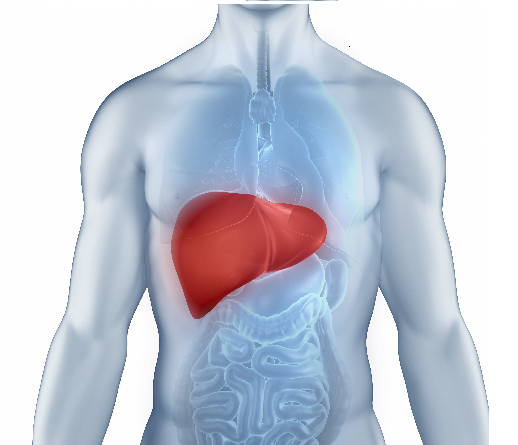Living with Arthritis: Daily Tips for Better Mobility

Arthritis affects millions globally, with approximately 528 million people living with osteoarthritis in 2019, marking a staggering 113% increase since 1990. To tackle this widespread health issue, it’s important to understand arthritis, recognise its symptoms, and explore effective management strategies.
What is Arthritis?
Arthritis is a broad term for disorders that cause joint pain, swelling, and stiffness. These conditions can result from wear and tear, autoimmune responses, or infections. They impact individuals of all ages and lead to challenges in daily living.
What are the Symptoms of Arthritis?
Knowing arthritis symptoms can help in getting the proper treatment. Here are the common symptoms:
1. Joint pain
2. Swelling in the affected joints
3. Difficulty moving, particularly in the morning or following extended periods of inactivity.
4. Decreased range of motion
5. Warmth and redness around the joints
6. Fatigue
7. Fever (in some cases)
Tips for Effective Arthritis Management
There are various strategies that can improve mobility and overall quality of life. Here are daily tips for managing arthritis effectively.
1. Stay Active
A. Gentle Exercises
Engaging in low-impact exercises is crucial for maintaining joint flexibility and strength. Walking, swimming, and cycling can improve fitness without stressing the joints. Aim for at least 30 minutes of activity most days of the week to help reduce stiffness and alleviate arthritis symptoms.
B. Stretch Regularly
Incorporating gentle stretching into a routine can improve flexibility and range of motion. Practices like yoga or tai chi promote flexibility and improve balance and coordination, making daily activities easier.
2. Use Assistive Devices
A. Grab Bars
Installing grab bars at home, particularly in the bathroom and kitchen, can provide essential support and stability, helping to prevent falls and assist with daily tasks.
B. Ergonomic Tools
As part of arthritis therapies, utilising ergonomic tools can ease the strain on the joints during everyday activities. Look for jar openers and long handled reachers to simplify tasks and minimise discomfort while managing rheumatoid arthritis.
3. Practice Good Posture
A. Body Mechanics
Using correct body mechanics reduces strain on the joints. When lifting objects, bending at the knees instead of the back and keeping items close to the body minimises stress.
B. Sit Smart
Choose chairs that offer adequate support and consider using cushions or lumbar supports to maintain good posture, especially during extended periods of sitting.
4. Manage Pain Effectively
A. Heat and Cold Therapy
Both heat and cold can be effective in managing arthritis pain. Heat promotes circulation, whereas cold packs can help alleviate inflammation and relieve sharp pain. Experiment with both methods to find what works best for joint pain relief.
B. Medications
Consult a healthcare provider about appropriate pain relief options. A pain diary helps monitor pain levels and assess the effectiveness of treatment for joint pain.
5. Optimise Environment
A. Declutter
Creating a clutter-free living space can prevent falls and make movement easier. Assess the environment and remove items that may obstruct the path.
B. Smart Furniture Arrangement
Set up furniture to clear walking paths and keep commonly used items accessible to minimise excessive bending or stretching.
6. Diet and Nutrition
A. Anti-inflammatory Foods
Add foods filled with omega-3 fatty acids (like walnuts and salmon), antioxidants (found in berries and leafy greens), and vitamins (such as D and calcium) to support joint health and reduce inflammation.
B. Stay Hydrated
Keep joints well-lubricated by drinking sufficient water. Ensure to drink a minimum of eight glasses of water daily and adjust intake based on activity levels.
7. Prioritise Rest and Recovery
A. Pace Oneself
Break down tasks into simpler parts and take short breaks to stay energised. Overexertion can lead to increased pain, so listen to the body and allow time for rest.
B. Sleep Well
Set a consistent sleep schedule for a sound arthritis self-care routine. Make the sleeping area cosy and use relaxation methods to help prepare for sleep.
8. Practice Mindfulness
Incorporating mindfulness techniques, like deep breathing and meditation, can reduce stress and enhance emotional well-being. Keeping a positive perspective can also help you cope with the challenges of arthritis.
These daily strategies can help those with arthritis increase mobility and overall quality of life. With a proactive approach and the right strategy, arthritis management becomes effective with an active lifestyle.
Schedule a test for arthritis with Dr Lal PathLabs to gain valuable insights into specific types, such as osteoarthritis, and guide treatment decisions.
FAQs
1. How can one improve their mobility with arthritis?
Routine activities that are easy on the joints, such as walking or swimming, help maintain joint flexibility. Stretching, using assistive devices, and practising good posture can also help with mobility.
2. How to live an everyday life with arthritis?
Stay positive and set achievable goals. Engage in enjoyable activities, seek group support, and work with healthcare professionals for a personalised management plan for arthritis.
3. How can one improve mobility in arthritic hands?
To increase flexibility, perform gentle hand exercises and stretches. Utilise ergonomic tools and assistive devices to reduce strain. Regularly applying heat or cold therapy may help alleviate discomfort and improve mobility.













